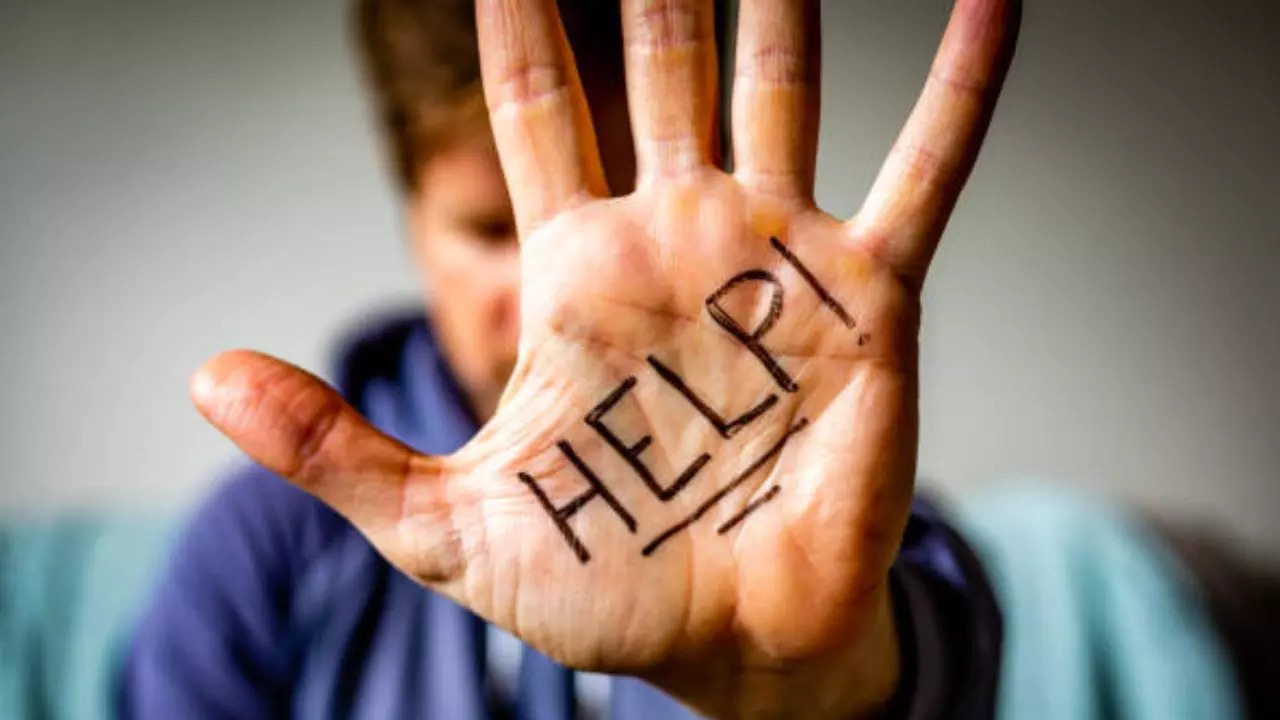India must broaden its focus beyond mental health to prevent suicide, according to a study in The Lancet (Image credit: iStock)
With more than 170,000 suicides a year in India, experts stress the importance of focusing on more than just mental health to combat rising suicide rates. In a new study published in The Lancet journal on suicide worldwide, Suicide Prevention DayExperts stress the need for a broader approach Suicide prevention.
Globally, suicide claims more than 700,000 lives every year, and India is among the countries with the highest suicide rates. World Suicide Prevention Day, observed every year on September 10, aims to raise awareness and reduce the stigma surrounding suicide. This year’s theme, “Changing the narrative on suicide,” calls for a change in the way suicide is viewed, urging a focus not only on mental health but also on social risk factors.
A series of six articles published in The Lancet Public Health aligns with this theme, promoting suicide prevention strategies that go beyond mental health. Dr Rakhi Dandona, Professor of Public Health at the Public Health Foundation of India (PHFI), explains: “Suicide has long been stigmatised as a crime or purely a mental health issue. While mental health interventions are critical, we now have sufficient data to show that we must also address social factors to prevent suicide.”
The series highlights the importance of clinical treatment for people in crisis, but calls for prior measures to address social factors such as poverty, domestic violence, debt and social isolation. Experts argue that national strategies, including India’s National Suicide Prevention Strategy (2022), should take these social risk factors into account.
According to the National Crime Records Bureau (NCRB), 171,000 suicide deaths were recorded in India in 2022, with the suicide rate at 12.4 per 100,000 people being the highest on record. Alarmingly, over 40% of these suicides affect people under the age of 30, and a young Indian dies by suicide every eight minutes.
The NCRB data also highlights the main causes of suicide, which include poverty, economic hardship, domestic problems and relationship problems. The Lancet series reveals that unemployment is a key factor, particularly for women, with suicide rates among unemployed women in India reaching 94.8 per 100,000, compared to 4.3 per 100,000 among students.
“It is critical to address these socioeconomic pressures alongside mental health,” Dandona said. “We need a comprehensive public health approach that integrates social and economic policies to address the root causes of suicide.”
While India’s suicide prevention efforts are currently framed within the National Mental Health Programme, Dandona calls for broader government collaboration. By encouraging early intervention, reducing stigma and prioritising both mental health and social factors, India can make progress in reducing suicide rates and saving lives.
Disclaimer:
The information contained in this post is for general information purposes only. We make no representations or warranties of any kind, express or implied, about the completeness, accuracy, reliability, suitability or availability with respect to the website or the information, products, services, or related graphics contained on the post for any purpose.
We respect the intellectual property rights of content creators. If you are the owner of any material featured on our website and have concerns about its use, please contact us. We are committed to addressing any copyright issues promptly and will remove any material within 2 days of receiving a request from the rightful owner.

